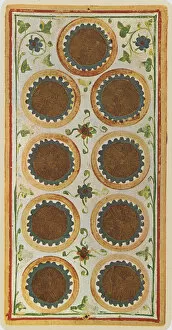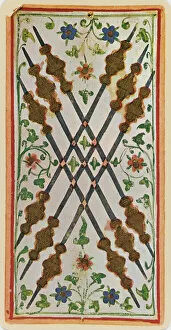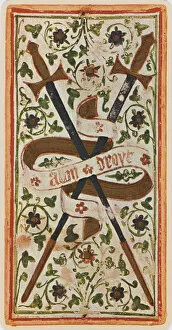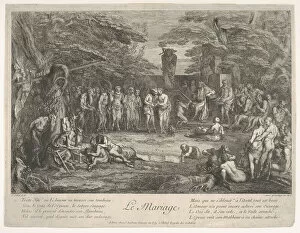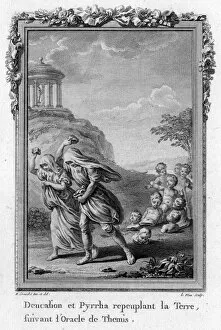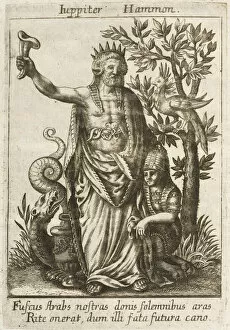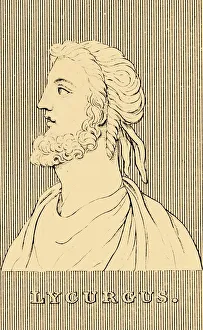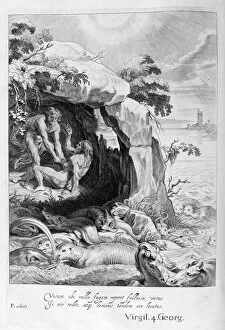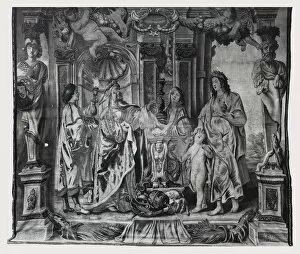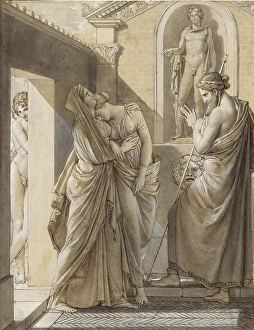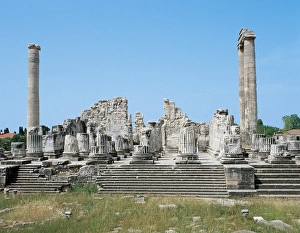Oracle Collection (page 3)
"Unlocking the Secrets: Exploring the Mystical World of Oracles" Delve into the realm of ancient divination as we unravel the enigmatic world of oracles
All Professionally Made to Order for Quick Shipping
"Unlocking the Secrets: Exploring the Mystical World of Oracles" Delve into the realm of ancient divination as we unravel the enigmatic world of oracles. From the Oracle of Zeus at Dodona to the renowned Delphi Oracle, these prophetic figures held immense power and wisdom. In Greek mythology, Dodona's Oracle was believed to be a direct communication channel with Zeus himself. Seekers would consult this oracle for guidance on matters ranging from personal dilemmas to political decisions. The Pythonesse, also known as the Delphi Oracle, captivated many with her cryptic prophecies. Her words were highly regarded and influenced major events in ancient Greece. Journey further east, and you'll encounter another powerful oracle - Jupiter-Ammon. This revered figure resided in Egypt's desert oasis and provided counsel to those who sought his divine insight. Trophonius, an obscure but intriguing oracle figure, possessed unique abilities that allowed individuals to communicate with deceased ancestors. His sanctuary became a pilgrimage site for those seeking answers beyond mortal realms. Artistic expressions have immortalized oracles throughout history. The Rothamsted Tapestries depict Sibylla Europa among six other sibyls, showcasing their importance in medieval Europe. Plate 4 from "The Fable of Psyche" transports us back to antiquity as we witness Psyche's father consulting an oracle for advice on his daughter's fate – a testament to society's reliance on these mystical beings. Archaeological discoveries shed light on oracular practices too; lead tablets found at Zeus' Sanctuary in Dodona offer glimpses into people seeking divine intervention during the 6th century BC Shang dynasty’s mysterious oracle bones provide valuable insights into early Chinese civilization and its belief systems. Oracles even found their way into everyday life through mantelpiece ornaments like figurines representing these wise seers alongside women carrying baskets symbolizing their connection to the divine.

